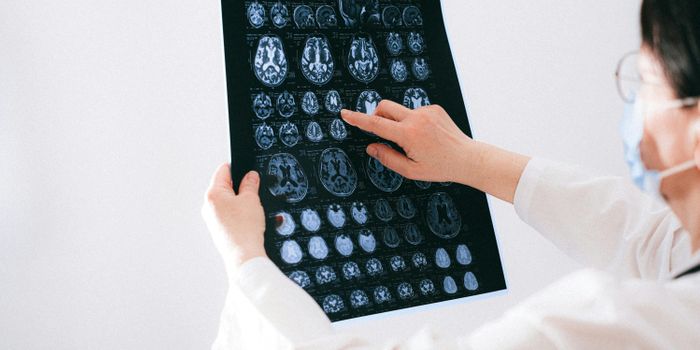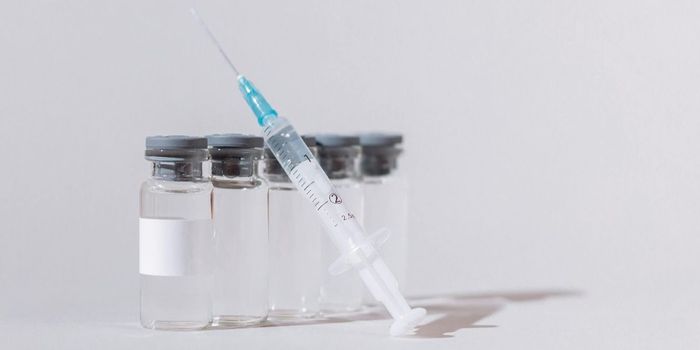Therapeutics Enhance The Body's Natural Killers
Most people who have been prescribed pain killers are familiar with fentanyl, oxycodone, and morphine. These substances have been associated with a painful epidemic of addiction and sudden mortality. Researchers have worked for years to keep the potency of pain-relieving drugs without their awful side-effect of addiction.
Learn more about pain killers:
"Normally, when you are in pain, you are releasing endogenous opioids, but they're just not strong enough or long-lasting enough," says John Traynor, Ph.D. The team hypothesized that compounds known as positive allosteric modulators could be used to enhance the body pain killers through their own endorphins and enkephalins. The findings were published in PNAS and discuss a positive allosteric modulator called BMS-986122 that boost enkephalins' ability to activate the mu-opioid receptor.
"When you need enkephalins, you release them in a pulsatile fashion in specific regions of the body, then they are metabolized quickly," explains John Traynor. "In contrast, a drug like morphine floods the body and brain and sticks around for several hours."
"If you add the positive allosteric modulator, you need a lot less enkephalin to get the response."
"While these molecules won't solve the opioid crisis," says Traynor, "they could slow it and prevent it from happening again because patients in pain could take this type of a drug instead of a traditional opioid drug."
Source: Science Daily









